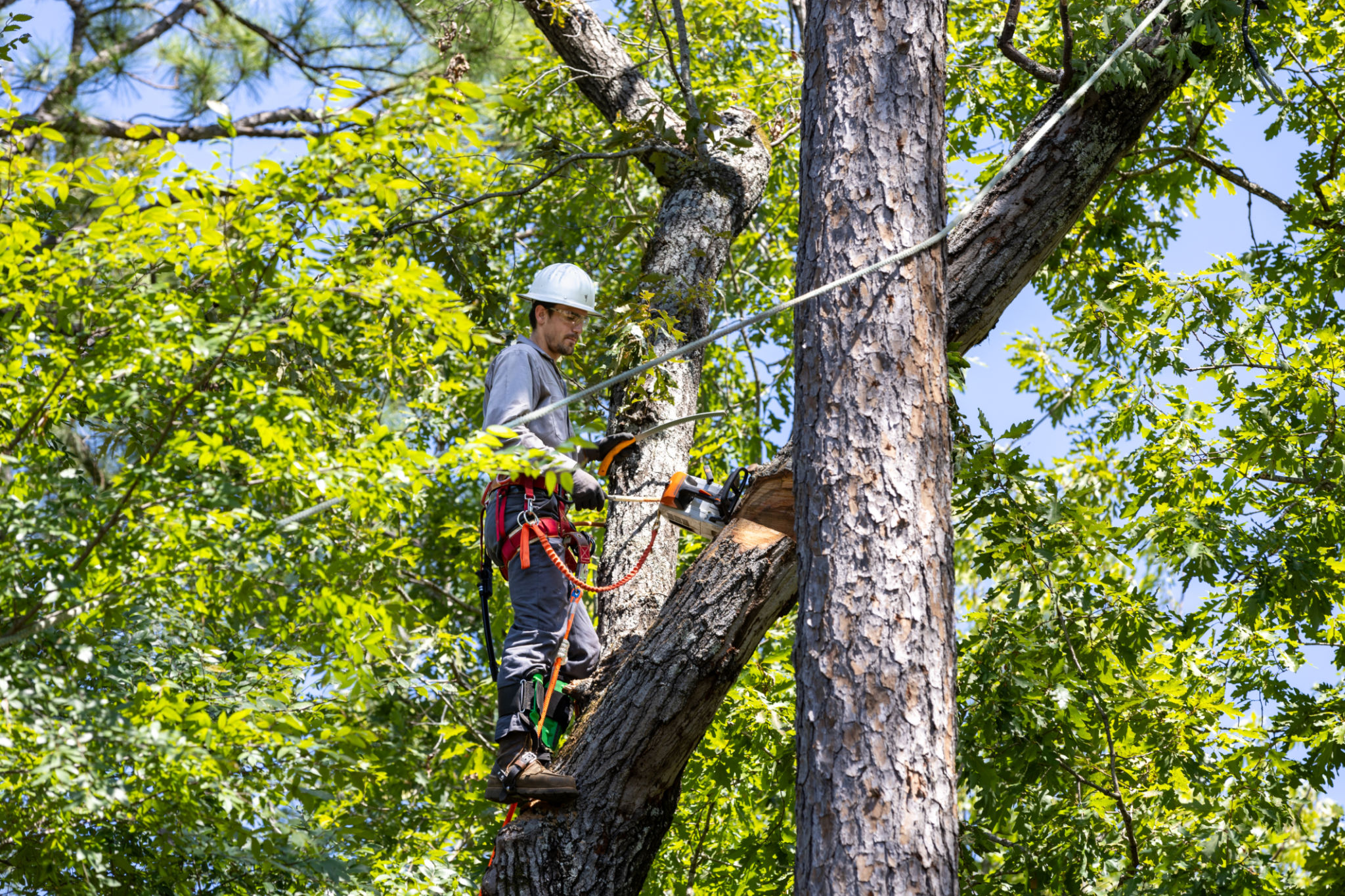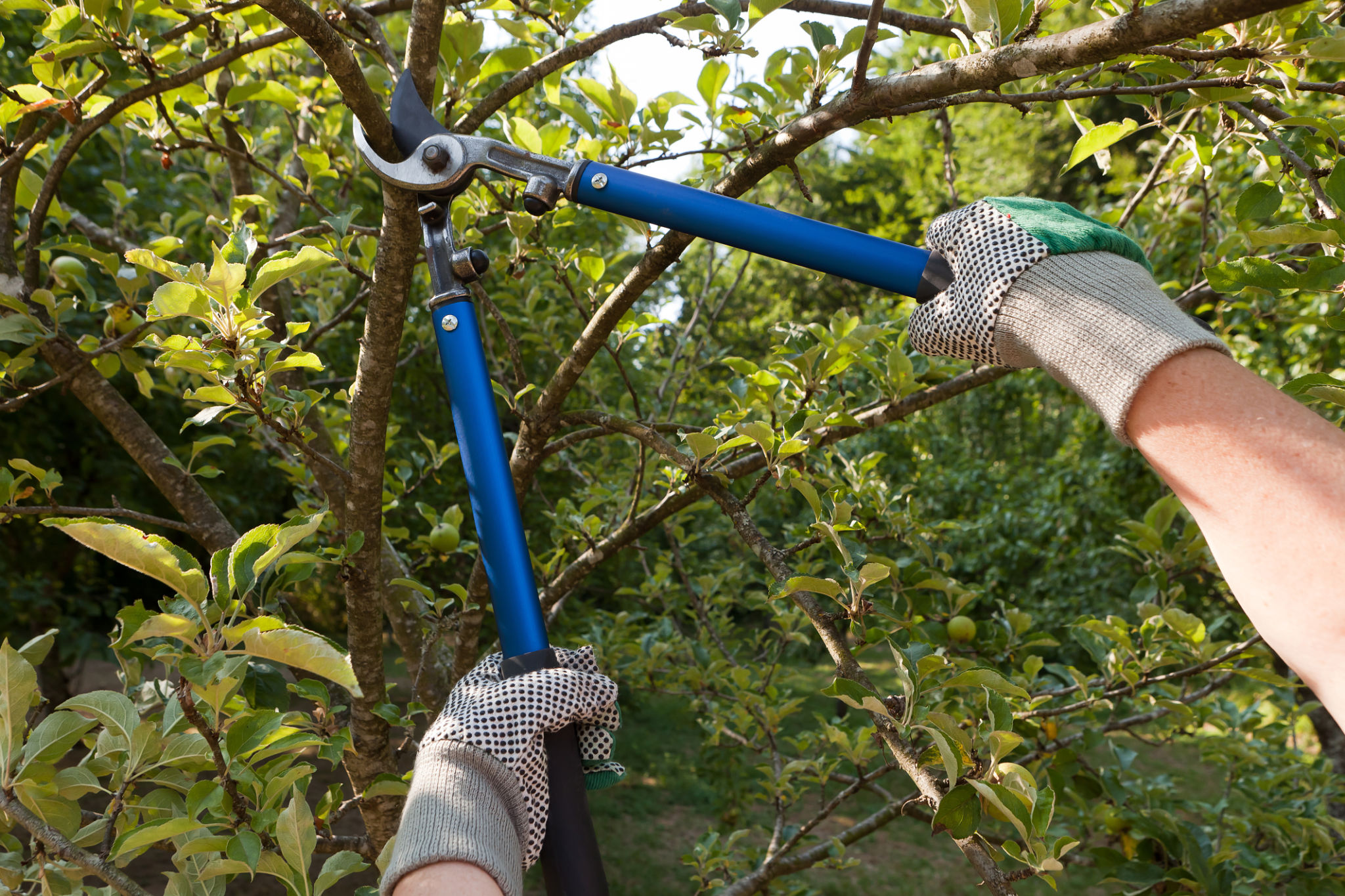DIY Tree Pruning: Tips and Tricks for Safe and Effective Results
Understanding the Basics of Tree Pruning
Tree pruning is an essential practice for maintaining the health and appearance of your trees. By removing dead or diseased branches, you can promote new growth and ensure the safety of your property. Before you start, it's important to understand the basics to achieve the best results.
Pruning should ideally be done during the dormant season, usually late winter or early spring. This timing helps minimize stress on the tree and allows it to recover swiftly as it enters the growing season. However, damaged or hazardous branches should be removed immediately, regardless of the season.

Gathering the Right Tools
Having the right tools is crucial for effective tree pruning. Some of the essential tools include:
- Pruning shears: Ideal for cutting smaller branches and twigs.
- Loppers: Perfect for branches up to 2 inches in diameter.
- Pruning saw: Best for thicker branches that are difficult to reach.
- Pole pruner: Allows you to trim high branches without a ladder.
Ensure your tools are sharp and clean to make precise cuts and prevent the spread of disease.

Safety First: Precautions to Take
Safety should be your top priority when pruning trees. Always wear protective gear such as gloves, safety glasses, and a hard hat. If you're using a ladder, make sure it's stable and positioned on firm ground. Never prune trees near power lines; instead, contact a professional.
It's also wise to have a buddy system in place. Having someone nearby can provide assistance in case of an emergency and help with spotting any potential hazards you may overlook.
Pruning Techniques for Optimal Growth
Using the right techniques can greatly influence the health and structure of your trees. Here are some common methods:
- Thinning: Removing specific branches to improve light penetration and air circulation within the canopy.
- Raising: Trimming lower branches to provide clearance for pedestrians or vehicles.
- Reduction: Shortening branches to reduce the size of a tree without altering its natural shape.

Avoiding Common Pruning Mistakes
One of the most common mistakes is making improper cuts. Avoid cutting too close to the trunk, as this can damage the tree's protective bark. Similarly, leaving too much of a stub can hinder healing and encourage disease.
Avoid excessive pruning, also known as "topping," which can weaken the tree and lead to unhealthy growth patterns. Always aim for a balanced approach to maintain the natural form and health of your trees.
The Benefits of Regular Pruning
Regular pruning not only enhances the aesthetic appeal of your landscape but also improves the structural integrity of your trees. By removing weak or diseased branches, you reduce the risk of falling limbs during storms, thereby protecting your property and loved ones.
Moreover, well-pruned trees are more likely to thrive. By encouraging new growth and improving air circulation, you create an environment where trees can flourish for years to come.

When to Call in a Professional
While DIY tree pruning can be rewarding, there are instances when professional help is necessary. If you are dealing with large trees or branches near power lines, it's best to hire an experienced arborist who has the skills and equipment needed for safe pruning.
An arborist can assess your trees' health and make recommendations for care that align with their specific needs, ensuring your landscape remains beautiful and safe.
Conclusion: Embrace the Art of Tree Pruning
Tree pruning is an art that requires patience, knowledge, and attention to detail. By following these tips and techniques, you can safely prune your trees and contribute positively to their health and longevity. Remember that when in doubt, consulting with a professional is always a wise choice. Happy pruning!